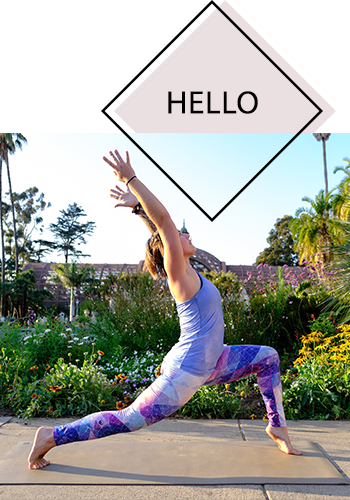Eagle Pose and Finding Your Drishti
/
Photo via Pinterest.
Eagle pose is one of my favorites these days. I love when it comes toward the end of an intense hot class. I'm in my flow, focused, muscles warm, joints ready to be stretched.
My mind is blank, and I can find my balance more easily.
I bend into chair pose, weight in the heels. I wrap one leg around the other, hook one elbow under the other.
My mind is blank, and I can find my balance more easily.
I bend into chair pose, weight in the heels. I wrap one leg around the other, hook one elbow under the other.
Photo by T. Libertiny.
I focus my eyes on my drishti, a small scratch on the wall in front of me. I keep my gaze steady, lining up the major joints of the body: shoulders, elbows, knees, hips.
I love the way I can see my tattoos as I raise the forearms. I trace the infinity symbol in my mind, finding the pose. I become aware of my body in space, stretched in opposite directions. I stay here, breathing carefully, until the teacher asks us to release the pose.
Photo via FYeahYoga.
In yoga, it matters where you look. Your gaze can have a big impact on your alignment in a posture and your ability to tune out distraction.
As the dialogue says in Bikram, "Where the eyes go, the body follows." Utilizing a drishti, or fixed point in the room, can help move you farther into a pose. This practice of fixing your sight on a single point is especially helpful with twists and balancing postures.
Finding a focal point also allows you to concentrate more deeply, to move inward. You are no longer preoccupied by other yogis around you who might fall or wobble in the pose. You become present to your breath, to the wisdom the pose has to offer. Infinitely present.








